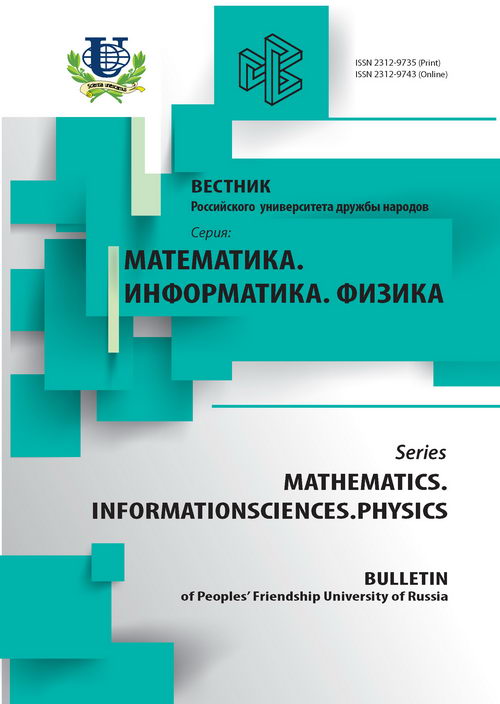Estimation of the Relativistic Phase-Shift Formula Applicability to Jupiter’s Satellite System
- Authors: Anisimov AV1
-
Affiliations:
- Peoples’ Friendship University of Russia
- Issue: No 3 (2014)
- Pages: 138-144
- Section: Articles
- URL: https://journals.rudn.ru/miph/article/view/8239
- ID: 8239
Cite item
Full Text
Abstract
In this work an estimate of the relativistic phase shift of space body satellite rotation observed from a remote planet is compared with the classical perturbation of the satellite orbit by other space bodies. The calculations are exemplified by Jupiter’s satellites. A satellite of the Amalthea group interacting with the Galilean satellites is chosen. The interaction of this satellite with the rest of its group is negligible as compared to that with external satellites, since the mass of any internal satellite is much less than that of external ones. A gravitational interaction of Jupiter’s satellite system has been considered within the weak-interaction approximation for inner satellites neglecting Galilean satellites’ action on the phase. Jupiter’s system is chosen since it has many satellites whose mutual interaction is rather strong due to small distances between them and their large mass, besides Jupiter is rather close to us, so it is possible to observe directly its satellites in a telescope and to check data empirically. A gravitational deviation of the chosen inner satellite is calculated to match against the value obtained from the relativistic phase shift formula. The relativistic shift between real and observable phases is given by a formula obtained by A. P. Yefremov in the framework of Quaternion theory. The formula for correction to the phase is a relativistic effect of time delay. The classical correction is estimated using celestial mechanics. An effect of the Galilean satellites on the inner satellites is considered. The phase correction is compared with the value predicted by Quaternion theory of relativity. In conclusion applicability of this formula has been discussed.
About the authors
A V Anisimov
Peoples’ Friendship University of Russia
Email: Anisimovav1987@rambler.ru
Institute of Gravitation and Cosmology
References
Supplementary files















